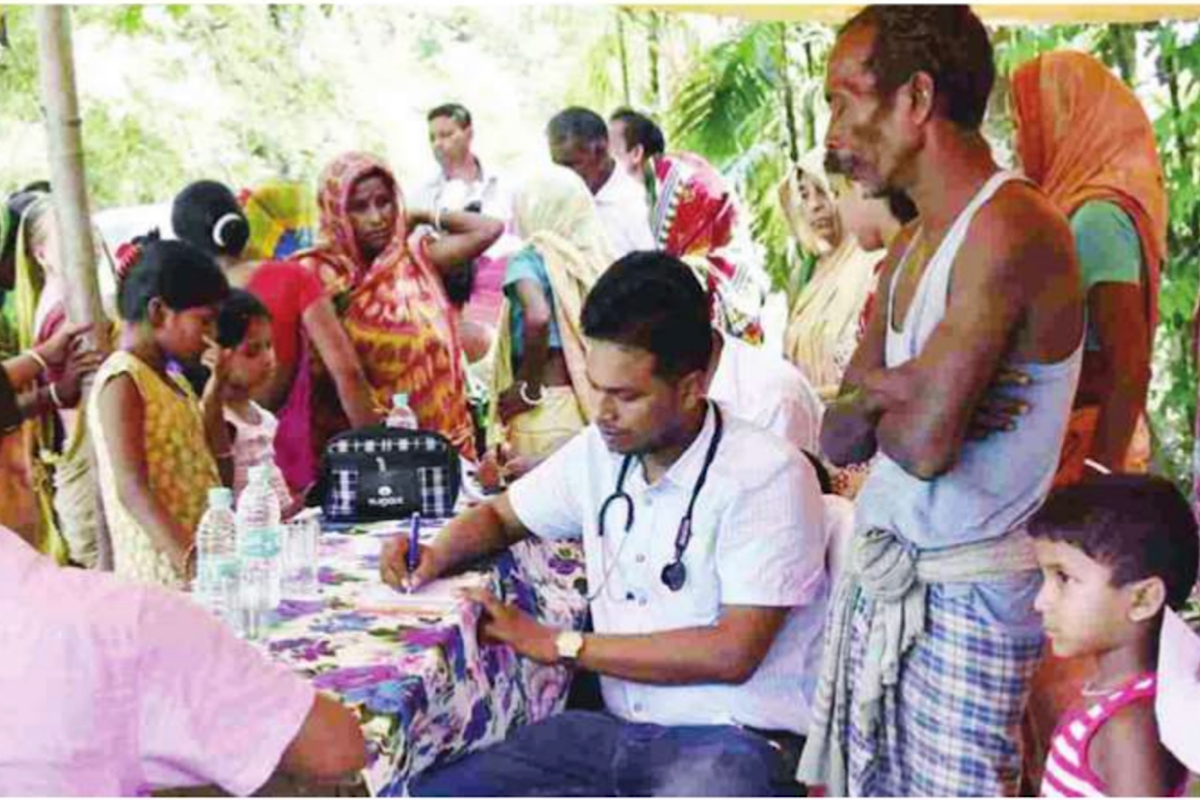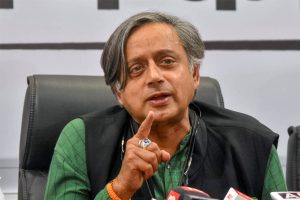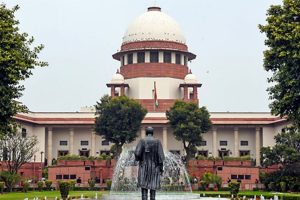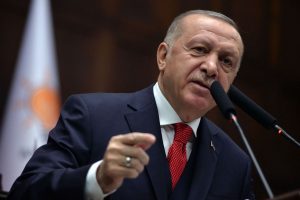The G20 summit hosted in New Delhi by Prime Minister Narendra Modi was certainly an opportune moment to deliberate upon and discuss key policy matters. With a vision of Vasudaiva Kutumbakam (world is one) India discussed various issues like inclusive growth, digital innovation, climate resilience, and equitable global health access with global leaders.
The health sector being a crucial arena of discussion at G20, Prime Minister Modi launched the sixth edition of One Earth and One Health Advantage Healthcare India 2023, where he reinstated India’s vision and commitment towards universal health coverage not just for humans but for their entire ecosystem. This commitment echoed India’s G20 presidency theme ‘One Earth, One Family, One Future’.
Advertisement
Well-being, health for all and universal health coverage have taken primacy especially after Covid-19. India’s commitment is reflected in its national health policies, various other health schemes, measures and its association with the international organisations working on similar lines. However universal health coverage is incomplete without ensuring the efficient working and presence of a well equipped primary health care centre. PHCs form the base of the health care system succeeded by secondary and tertiary health care structures. They function to provide basic health services of preventive, promotive and curative nature to the community and in India as per the recommendation of the Bhore Committee, 1946, each primary health care centre is supposed to cater to a population of 30,000.
The OECD report on realising the potential of primary health care released in 2002 outlined the important role of primary health care in delivery of health services in the community and its impact on the population’s health. It suggested that continuous and comprehensive care provided by the primary health care team can provide effective health education and prevention interventions based on the medical and social needs of patients. This helps tackle risk factors and other social determinants of health, which in turn improves equity of health outcomes.
Drawing on these efforts to strengthen primary health care, efforts by states and the central government in India have been growing. At the state level, many have adopted varied models of primary health care like mohalla clinics in Delhi, Basti Dawakhana in Telangana, Apala dawakhana in Mumbai, and so on. Central funds have been directed to strengthening the primary health structure and under government’s flagship scheme Ayushman Bharat launched in 2018, health and wellness centres have been introduced by the Central government for holistic care.
Nevertheless efficient and fully functionally primary health care facilities are distant in all regions. Neoliberalism and privatisation is to blame as proliferation of private hospitals and private clinics have drawn patients away from the public health system. In urban areas this phenomenon is prevalent although it has begun penetrating rural regions too. This has led to a shift in focus from primary health care and the public health system to private health care. Efforts and strategic advancement is required to reinstate the importance and efficient working of primary health centres in the public health system.
This can be achieved through what I call AIR: Awareness, Investment and Rethinking. We need Awareness to bring back people’s knowledge about the importance of an efficient primary health care structure. Privatisation and liberalisation has made access to speciality and multi-speciality clinics easier. It has become a culture to reach out to a cardiac surgeon for minor chest pain or to a neurosurgeon for a headache. We don’t think of physicians but of specialists even for minor ailments. The concept of family medicine and primary health care treatment has faded with rising purchasing power of people. In urban areas and mostly amongst the new middle class this phenomenon is prevalent as their purchasing power enables them to access high end medical facilities.
This must have motivated doctors to become specialists and aim for higher and higher degrees for better return. On the contrary the proliferation of multiple clinics and private hospitals has resulted in a haphazard health care ecosystem. With no beginning or end, this leads to unnecessary expenditure in private health care sometimes for minute ailments. Thus there is a need to bring back awareness of the people on the need and potential of primary health structures so that they can demand better primary care services as a right.
Secondly, investment in this domain is the need of the hour, espe- cially central investment. Health is a state subject which makes states responsible to invest and bear the expenditure of public health facilities. This has led to non-uniformity between states in terms of primary health care facilities. Some states are performing better in the realm and some are nowhere close; it has been reduced to the political will of the people serving in decision-making positions. Considering the staggering importance of a primary health centre, it is crucial to have a uniform, mandatory and enthusiastic investment in the primary health structure to overcome the health challenges faced by the country. Without uniformity, a strengthening of the primary health system and universal health coverage is not possible.
Lastly, there is a need to rethink and reassess the primary health care needs of the community. The current primary health care system in India follows the guidelines outlined by the Bhore Committee report of 1946. People, society and health care challenges have transitioned over the years. Today the health care needs of the people are different from what people in post-partition India required. Com- munity health care with focus on pro- viding preventive and promotive health care was the need of the community. Today, the demand for diagnostic as well as curative care has increased. Rather than following age- old recommendations we need to rethink and reassess primary health care needs of the community at a policy level so that an efficient yet relevant mode of primary health care is established.
This AIR can help in achieving the desired goal of universal health coverage where health care facilities are provided and health care challenges are addressed at the remotest locations and not even the last person is left behind.
(The writer is Assistant Professor, Asian Law College, NOIDA and a research scholar at Centre for Political Studies, JNU.)
















